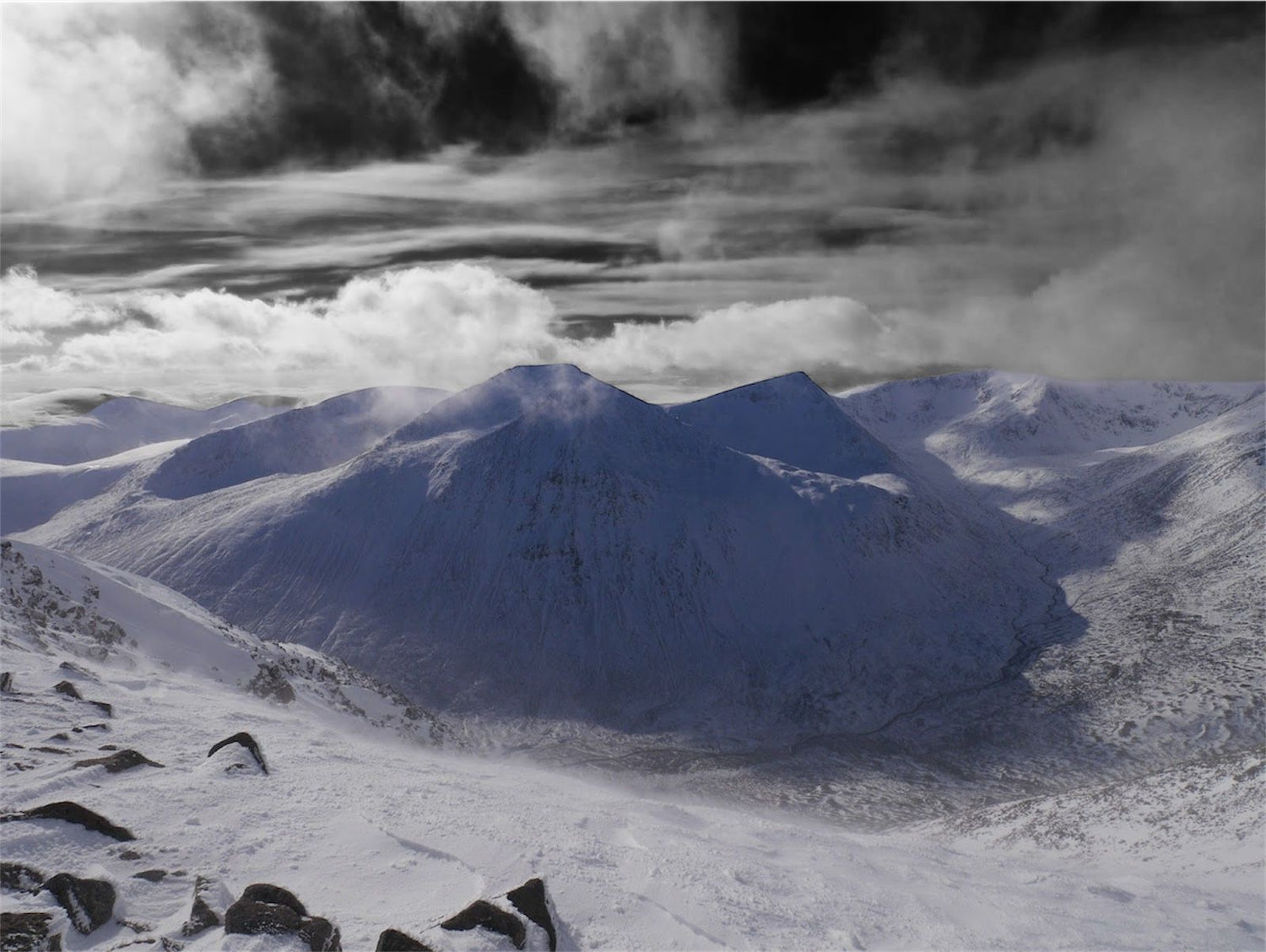Carrauntoohil: Ireland’s Highest Mountain – A Guide for Climbers
Carrauntoohil, standing at 1,038 meters (3,407 feet), is the tallest peak in Ireland and part of the MacGillycuddy’s Reeks range in County Kerry. Known for its rugged beauty and challenging terrain, it attracts hikers and mountaineers from all over. While summiting Carrauntoohil is a rewarding experience, climbers should be prepared for changing weather conditions, steep paths, and a true adventure in the heart of Ireland’s wild landscape.
Terrain and What to Expect
The terrain of Carrauntoohil is diverse and can be demanding, particularly for those not accustomed to mountain hikes. The lower sections feature grassy slopes, but as you ascend, the landscape becomes more rocky and exposed. Loose stones, boggy patches, and steep inclines add to the challenge, especially during or after heavy rain, which is frequent in this region.
Weather can change rapidly on Carrauntoohil. Even in summer, you may experience sunshine, rain, strong winds, and sudden drops in temperature. Visibility can reduce drastically in poor conditions, so it’s essential to have proper navigation skills, a map, and a compass. Sturdy hiking boots, waterproof clothing, and layers are a must for any climber.
The Routes to the Summit
There are several routes to the summit of Carrauntoohil, catering to different levels of experience and fitness.
The Devil’s Ladder is the most popular and direct route. It follows a well-trodden path from Cronin’s Yard and ascends through a steep gully called the Devil’s Ladder. While it’s the shortest route, it can be treacherous due to loose rocks and erosion, requiring careful navigation.
Brother O’Shea’s Gully offers an alternative to the Devil’s Ladder and is less crowded but equally challenging. It follows a more gradual ascent before joining the final section to the summit. This route provides stunning views of the surrounding peaks and is favoured by more experienced hikers.
The Caher Route is another scenic option, starting at the same point as the Devil’s Ladder but diverging to follow the ridge over Caher, Ireland’s third-highest mountain. This ridge walk offers breath-taking views but demands a high level of fitness and comfort with exposed paths.
The Summit Experience
Reaching the summit of Carrauntoohil is a memorable experience. At the top stands a large iron cross, a famous landmark that marks the highest point in Ireland. On clear days, climbers are rewarded with panoramic views of the surrounding MacGillycuddy’s Reeks, the Dingle Peninsula, and even as far as the Atlantic Ocean.
However, due to the mountain’s exposure, wind and clouds can move in quickly, obscuring the views and creating an eerie, atmospheric experience. It’s vital to take caution at the summit, as the path is narrow and the edges can be slippery.
The Local Area
Carrauntoohil is located in the heart of Kerry, a county known for its stunning natural landscapes. Nearby, the town of Killarney offers plenty of amenities, from cosy guesthouses to traditional pubs and restaurants. Killarney National Park, with its lakes, waterfalls, and ancient woodlands, is a must-visit for outdoor enthusiasts.
For history lovers, the nearby Gap of Dunloe offers a glimpse into Ireland’s past, with its rugged valleys and glacial landscapes. The area also has several ancient stone forts and castles to explore.
Climbing Carrauntoohil is more than just a hike—it’s an adventure into Ireland’s wild and beautiful heart. Whether you’re an experienced mountaineer or a determined beginner, it promises an unforgettable experience. Prepare well, respect the mountain’s unpredictable conditions, and enjoy the breath-taking beauty of Ireland’s highest peak.
Explore without limits!






